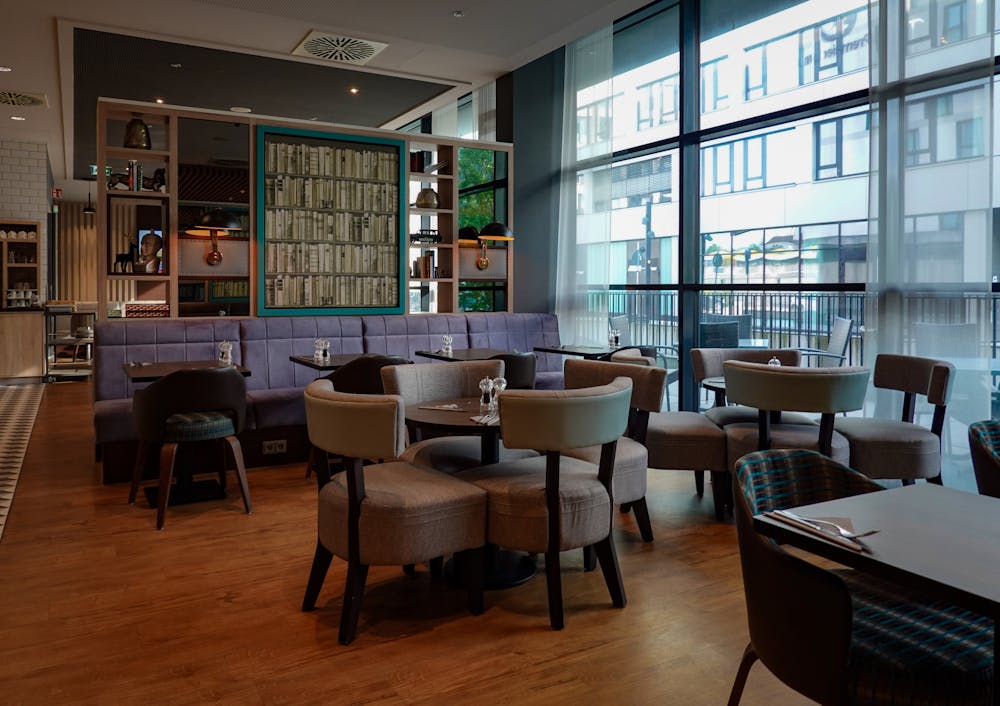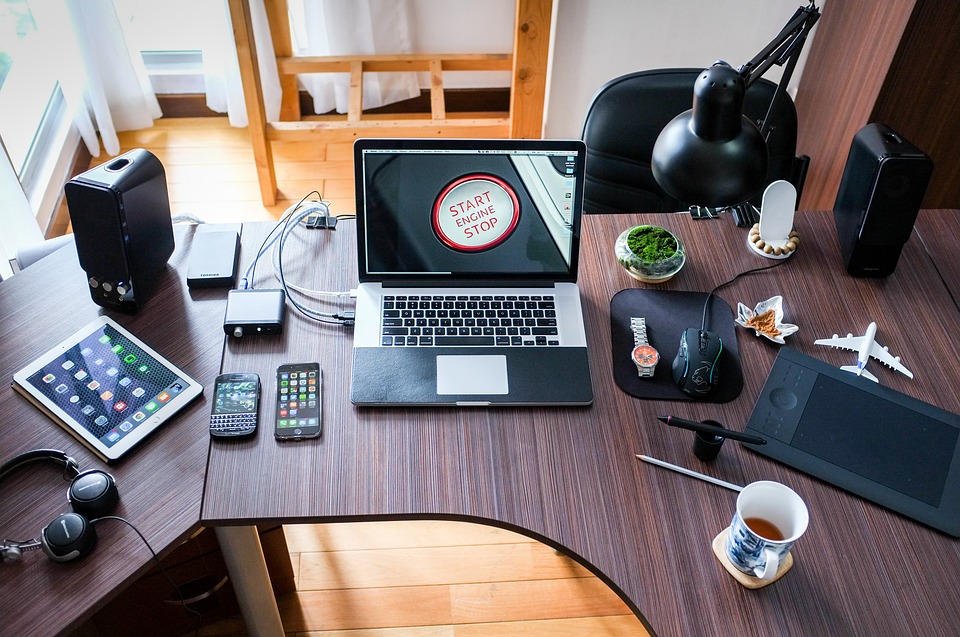Modern cafes and bistros are no longer solely about food. They’ve become locations where people go to unwind, interact, work, or even post on social media. The furniture in these rooms has a far greater impact than most people think. It affects how consumers feel, how long they stay, and how they remember the brand. In cities where new cafés open every day, furniture has become one of the most effective methods to stand out. Chairs, booths, tables, and bar stools are no longer just functional items; they are tools for telling a story.
People want more than just a cup of coffee or a fast snack. They gravitate toward places that feel right. The appearance and comfort of the furniture often contribute to this sensation. Studies reveal that furniture and design can account for up to 60% of a person’s overall dining experience. People want to stay for longer since the seating is comfortable and elegant. It even encourages them to come back. When everything from the tabletops to the restaurant booths and seats blends in a clever, elegant manner, the entire place becomes memorable, and this is where branding begins.
Furniture and Brand Identity Go Hand in Hand
Every piece of furniture conveys a statement. When a café employs natural wood tables, it frequently demonstrates a commitment to sustainability and warmth. Bright colors or striking seating patterns might convey inventiveness or youth. Industrial-style chairs with metal frames may convey to clients that the business is slick, urban, and current.
Padded booths create a pleasant atmosphere, inviting people to stay and converse. A layout with lots of long benches can feel more communal, whereas isolated seats in corners provide privacy. These choices influence whether the café feels like a place to meet friends or work alone. People remember the brand better when the look is consistent. Some cafes even invest in unique furniture, which becomes their signature. This kind of attention to design can boost client loyalty and retention by up to 30%.
Customer Experience Starts with a Chair
The way a person experiences a café frequently begins when they sit down. A hard, uncomfortable chair can result in a quick visit, whereas a soft booth can keep guests comfy for hours. The design of the furniture influences how people walk about the space, where they sit, and how long they remain.
Offering diverse table sizes gives people options; some like to work alone at small tables, while others require space for gatherings. Open floor plans feel more informal and welcoming, and the correct furniture can help keep that balance. Custom-made or reused pieces may give a venue a distinct personality that guests will remember. Even lighting is important, especially when used with furniture to set the ambiance. With proper planning, a restaurant may raise average customer spending by 20% and table turnover by 15% simply by enhancing furniture placement and comfort.
Material and Aesthetic Matter
Choosing the correct materials informs customers about the kind of brand they are dealing with. Reclaimed wood and metal can create an antique, rustic, or industrial atmosphere. Velvet or leather upholstery adds a sense of luxury, whereas softer textiles provide warmth and comfort.
Furniture design also conveys subtle messages. Smooth, curving seats convey tenderness and comfort. Sharp, straight lines convey a sense of rigidity and seriousness. Whether the café opts for a simple black and white color scheme or a mix of loud patterns, the end result enhances the brand’s personality. High-quality, stain-resistant materials demonstrate the brand’s concern and attention to cleanliness. Many guests care about sustainable furniture selections, and some may return simply because the café matches their ideals.
Social Media Begins with Stylish Seating.
People enjoy sharing where they eat. A booth with a unique pattern or a neon-colored stool might readily appear in hundreds of photographs. These prominent pieces are frequently used to represent the company online.
The café’s colors are consistent across all chairs and tables, making it simpler to distinguish in images. Even minor details, such as green plants or fascinating shelving placed near furniture, transform ordinary tables into ideal photo backdrops. When a design shines out, it encourages people to come in person to experience it. In fact, user-generated material showcasing elegant furniture can increase a brand’s online visibility by up to 40%.
Designing for Different Audiences
Each group of clients has unique wants, and the furniture should reflect that. Cafes geared for younger adults may emphasize tech-friendly features and modern décor. Soft, easy-to-clean seating is frequently used in family-friendly restaurants. Meanwhile, creative spaces may combine vintage chairs with handmade tables to create a one-of-a-kind design.
Some cafes cater to business professionals and have furniture that promotes calm, concentrated working. Others may prioritize inclusivity, providing flexible seating that is accessible to all. These careful decisions demonstrate a firm awareness of customer values and can result in greater ties. Furniture can also be altered over time based on client input and behavior, keeping the area relevant.
Final Thoughts: Furniture as a Branding Tool.
When people think about branding, they typically see logos, packaging, or website design. But in the world of modern cafes and bistros, furniture may be one of the most powerful branding instruments available. A well-designed place communicates before any words are spoken. It establishes the tone, greets the customer, and subtly communicates the brand’s values.
Every design choice, from snug booths to bright seats and creative arrangements, contributes to the overall experience. Brands that link their furniture with their identity generally experience increased loyalty and pleasure. In today’s competitive market, furniture is more than just decoration; it serves as the foundation for lasting, meaningful consumer connections. The correct setup does more than just look good; it encourages repeat visits, increases brand recognition, and helps the company thrive.


